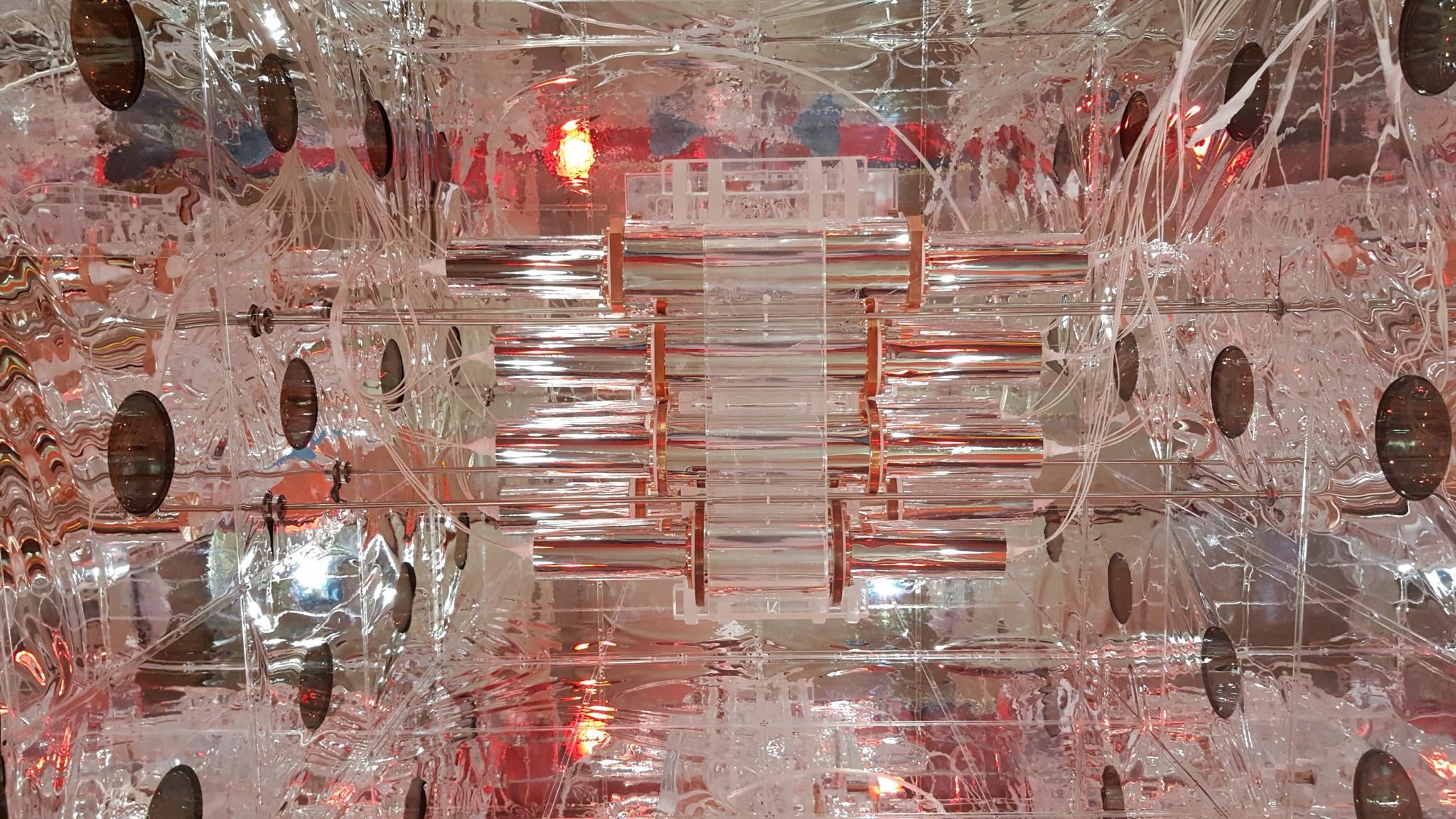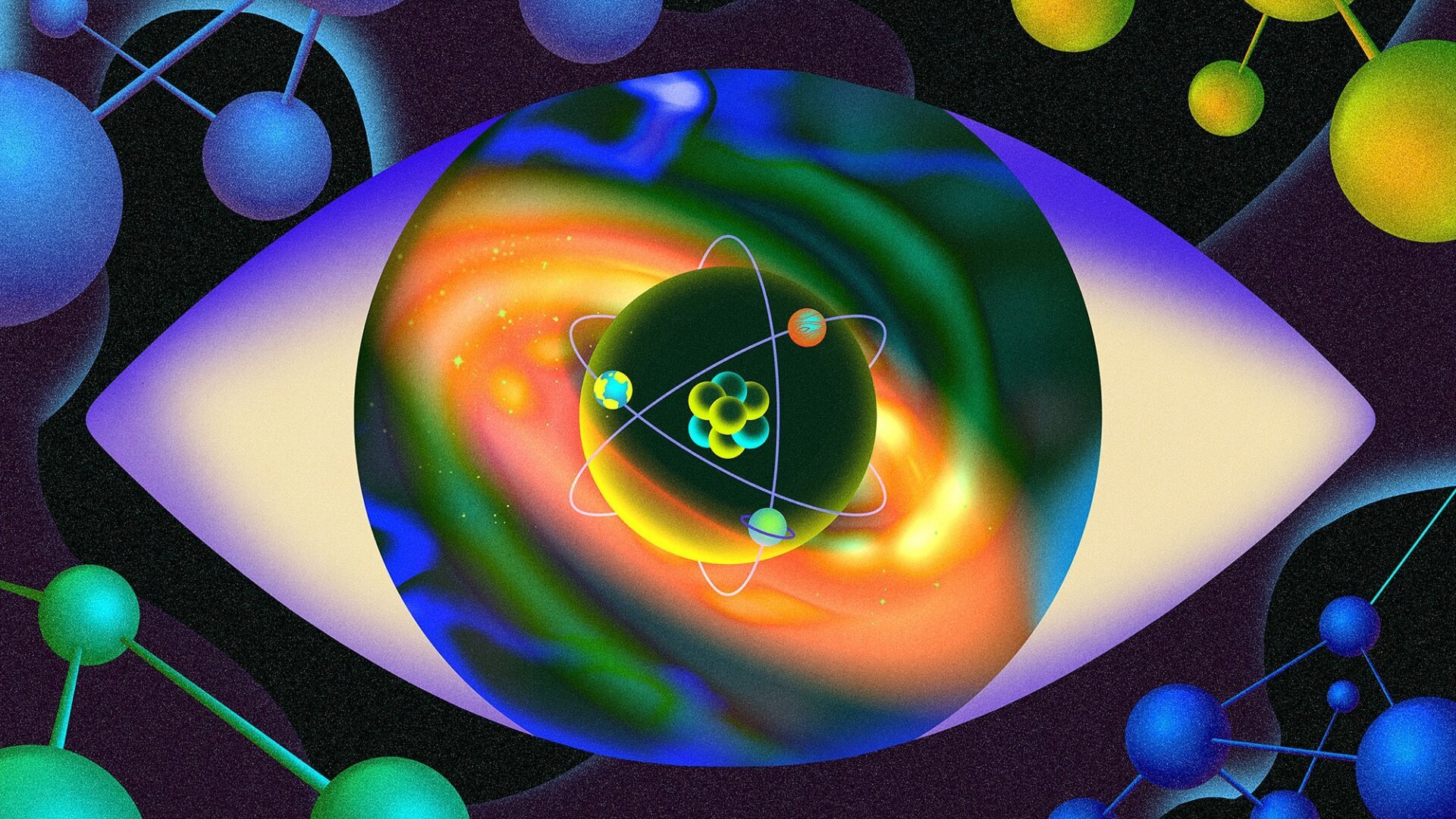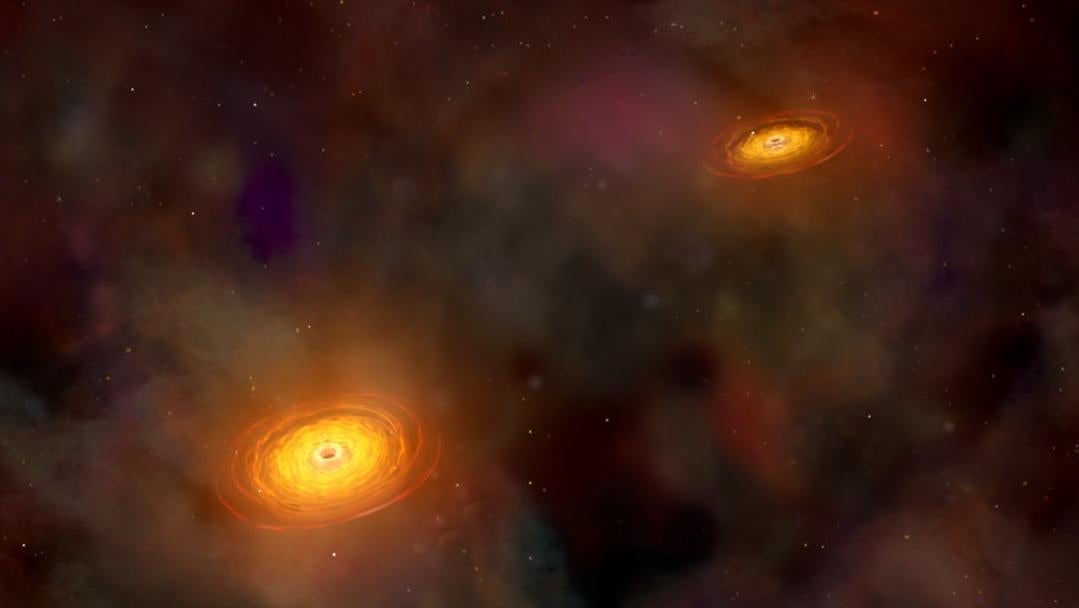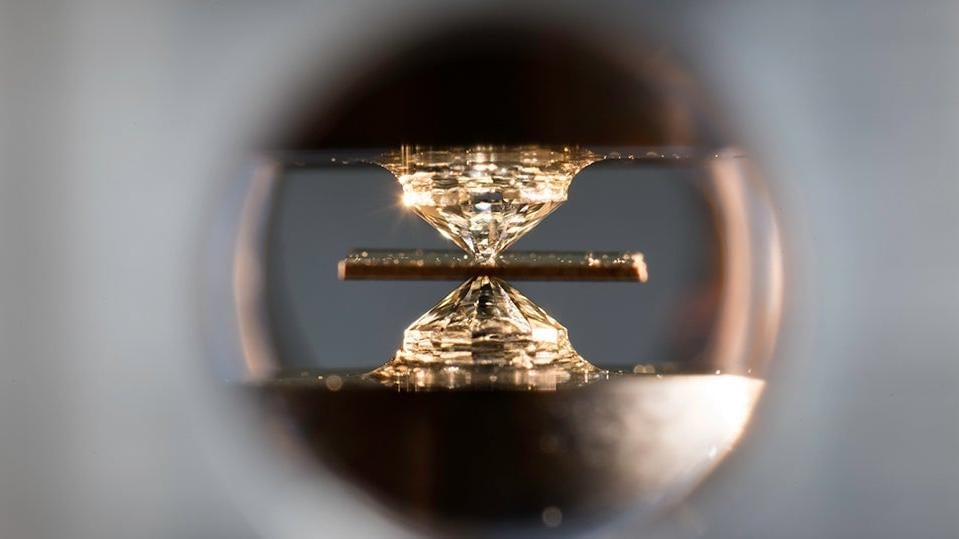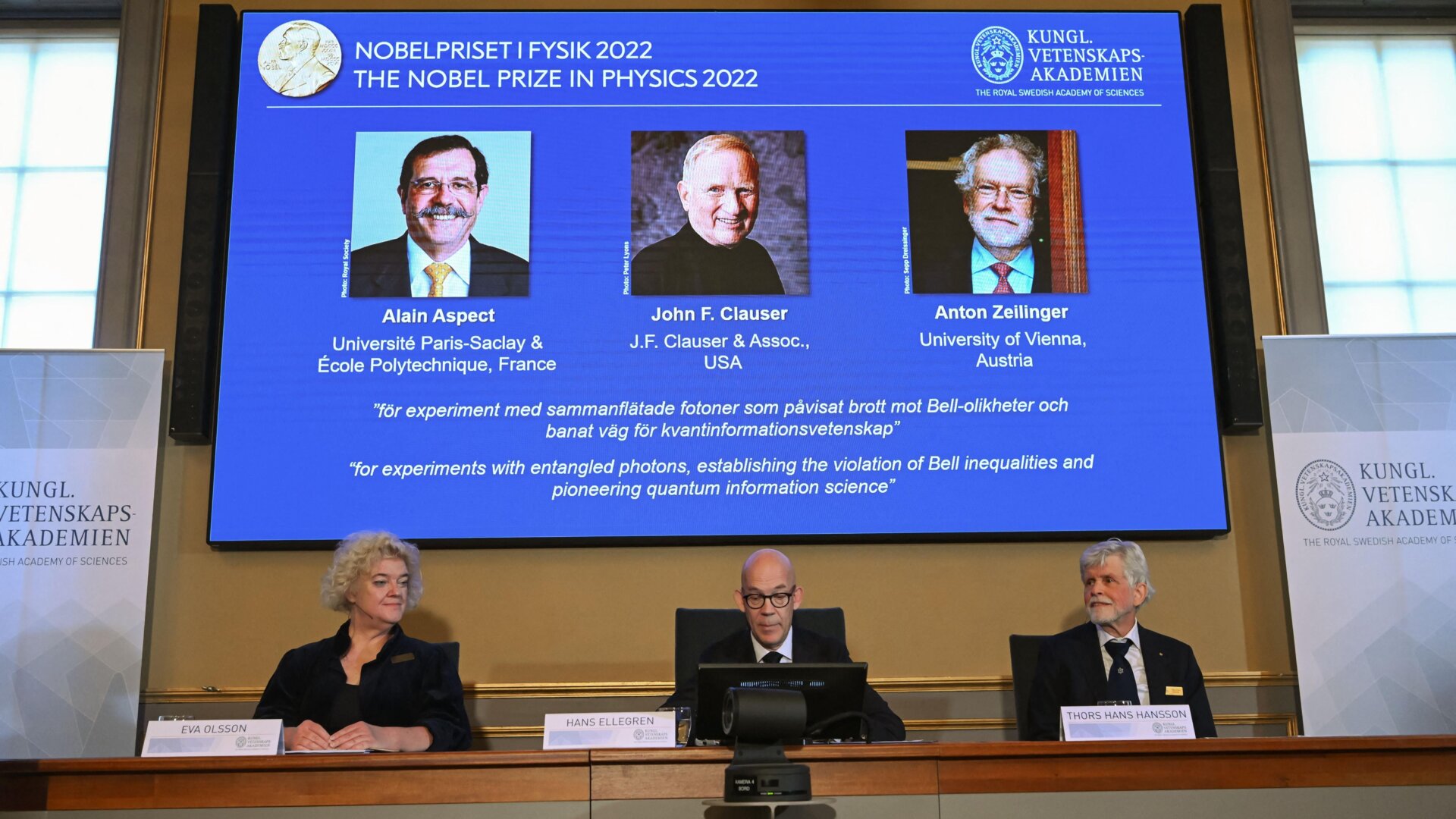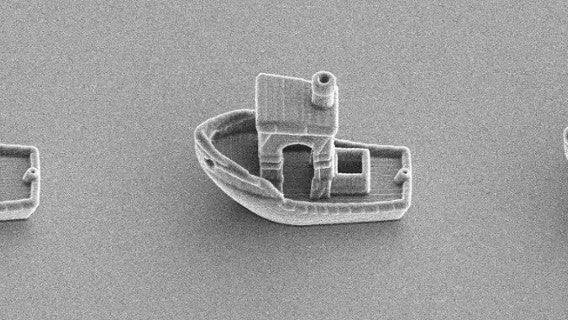Physicists have been attempting to verify a controversial signal detected by the DAMA/LIBRA experiment, buried deep within an Italian mountain. This signal bore a striking resemblance to a theoretical dark matter particle known as a WIMP (Weakly Interacting Massive Particle). However, repeated attempts to replicate this signal have consistently failed, and now, the COSINE-100 experiment, the most similar to DAMA/LIBRA, has published its results: it, too, found nothing.
Dark matter remains a mystery, a placeholder term for the invisible substance detectable only through its gravitational effects. WIMPs are one hypothetical candidate. These subatomic particles are theorized to possess mass but interact so weakly with ordinary matter that they remain elusive to detection. The primary method for searching for WIMPs involves placing highly sensitive detectors deep underground, shielded from potential interference.
The DAMA/LIBRA experiment, which first reported a potential WIMP signal in 2017, utilizes sodium iodide crystals. The theory is that passing dark matter particles would excite these crystals, causing a slight increase in brightness. However, other WIMP detection experiments, such as XENON1T and XMASS-I, have failed to corroborate DAMA/LIBRA’s findings.
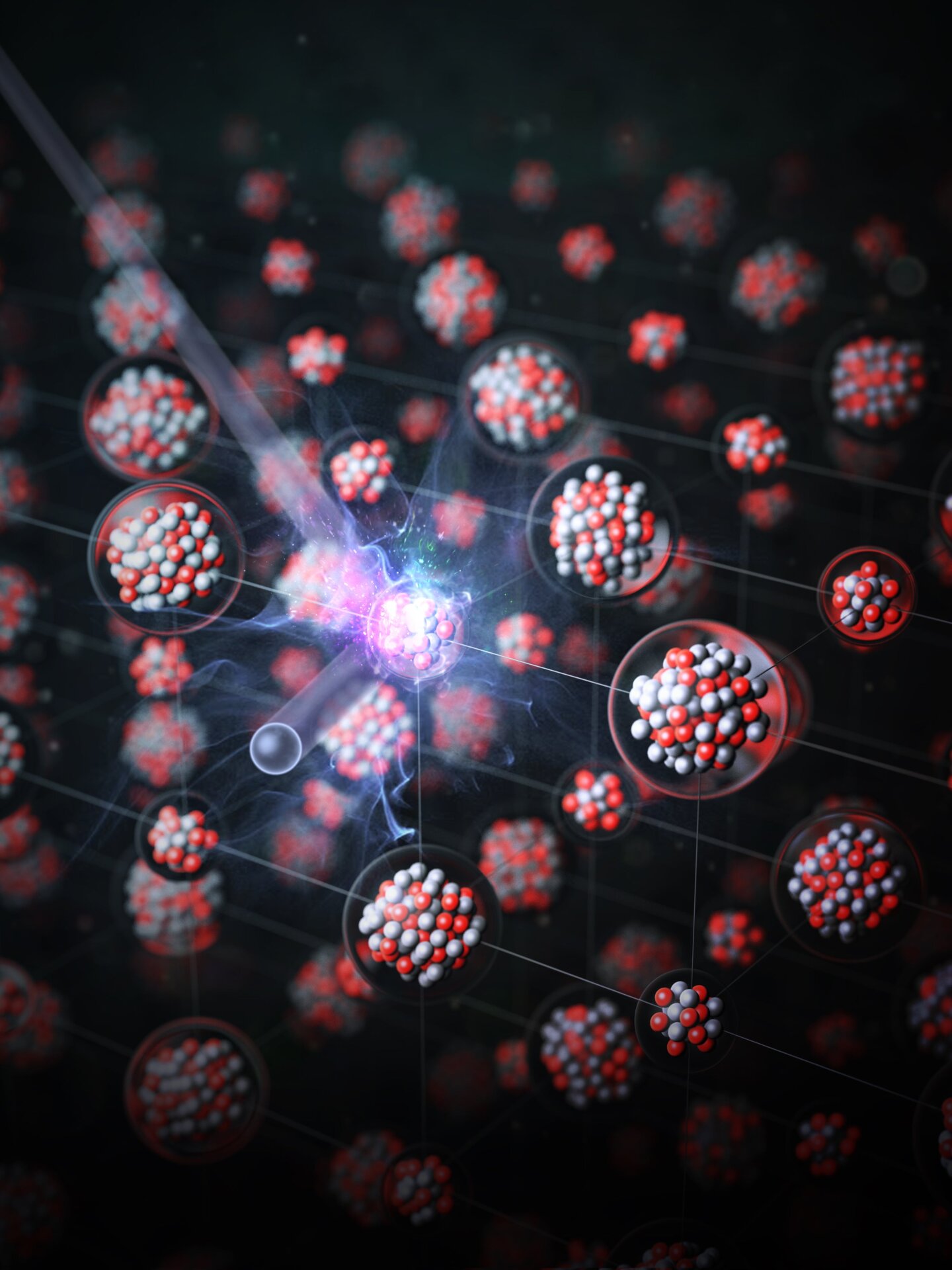 An artist’s mock-up of a WIMP being detected in the experiment.
An artist’s mock-up of a WIMP being detected in the experiment.
Enter COSINE-100, located 2,300 feet underground in South Korea. Mirroring DAMA/LIBRA, COSINE-100 employs over 200 pounds of sodium iodide targets. Since 2016, COSINE-100 has been searching for the elusive WIMP signal. Its initial search yielded no results. The latest findings, published in Science Advances, detail a second search conducted from October 2016 to July 2018. The COSINE-100 team reported null results, potentially discrediting the controversial DAMA/LIBRA claims.
“Our findings suggest that DAMA’s observation is unlikely to be dark matter, based on standard assumptions about WIMP interactions with ordinary matter,” explained Reina Maruyama, a physicist at Yale University and co-author of the study. “We haven’t fully tested DAMA’s annual modulation observation, which they attribute to dark matter. That’s our next focus.”
DAMA/LIBRA’s approach differs from most dark matter experiments. Instead of searching for direct interactions or background signals, DAMA/LIBRA focuses on the annual modulation of an unexplained signal, varying with Earth’s orientation since 2003. Other projects haven’t replicated this X-ray band signal. Some speculate that DAMA/LIBRA’s noise management techniques might be misinterpreting noise as a signal.
 Crystal detectors in the COSINE-100 set-up.
Crystal detectors in the COSINE-100 set-up.
DAMA/LIBRA spokesperson Rita Bernabei maintains that the COSINE-100 results don’t invalidate their dark matter investigation. She argues that comparing the two experiments is complex due to differing methodologies and uncertainties in astrophysical, nuclear, and particle physics parameters. Bernabei also highlighted differences between the detectors and potential biases in COSINE-100’s methods.
Hyun Su Lee, a co-author of the COSINE-100 paper and physicist at the Center for Underground Physics, acknowledges that while their results don’t support the dark matter interpretation of DAMA’s signal under the most common WIMP model, they can’t definitively dismiss it. This suggests that DAMA/LIBRA has detected something, but COSINE-100’s findings indicate it’s unlikely to be dark matter.
Physicists like Dan Hooper at the University of Chicago believe the COSINE-100 results cast significant doubt on DAMA/LIBRA’s claims. He explains that the scientific community has grown increasingly skeptical of DAMA/LIBRA’s interpretation over the past decade, as numerous experiments failed to reproduce their results. COSINE-100, using the same target material as DAMA/LIBRA, provides strong evidence against a dark matter explanation.
WIMPs are losing favor as the leading dark matter candidate, with axions and even primordial black holes gaining traction. While no direct dark matter detection has been confirmed, numerous experiments continue to explore various possibilities. Maruyama expressed excitement about ongoing WIMP searches with projects like XENONnT, LZ, and SuperCDMS, as well as axion research with HAYSTAC. COSINE-100’s next step is to investigate the annual modulation observed by DAMA/LIBRA, even if it’s not related to dark matter.
In physics, null results can be as valuable as positive findings. In the quest for dark matter, these results guide scientists towards new avenues of exploration.



